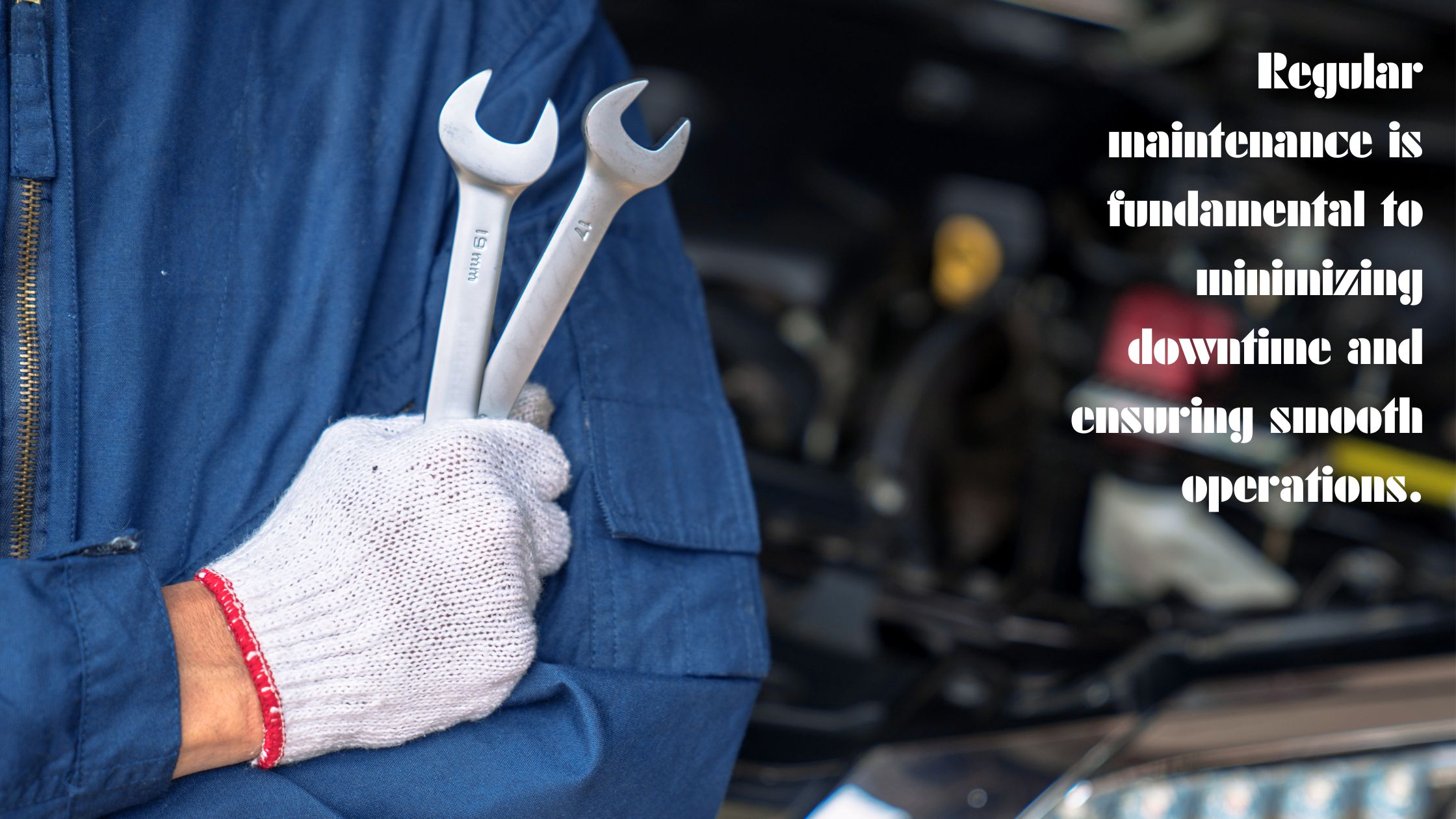Facilities Operations and Maintenance (FOM) is a vital aspect that ensures the built environment functions as intended. This entails a plethora of services, competencies, processes, and tools which are instrumental in achieving the designed performance of a facility. The core idea is to ensure a safe, efficient, and comfortable environment.
Key Takeaways
- Facilities Operations and Maintenance (FOM) is crucial for the optimal performance of a facility.
- Implementing strategic Operations & Maintenance Planning can significantly reduce life-cycle O&M costs.
- Regular maintenance is fundamental to minimizing downtime and ensuring smooth operations.
- Technological advancements are reshaping the way FOM is approached, making it more efficient and cost-effective.
- Real-world case studies provide a glimpse into the practical applications and benefits of effective FOM.
Core Components of FOM
Services and Competencies
Facilities Operations and Maintenance encompasses a variety of services and competencies which are essential for managing a built environment effectively. This includes:
- Preventive Maintenance: Ensuring that all equipment and systems are functioning optimally to avoid any unforeseen breakdowns.
- Corrective Maintenance: Addressing and rectifying any issues or malfunctions that occur in the facility systems.
- Sustainability Initiatives: Implementing measures to ensure energy and water efficiency, thus contributing to a sustainable operation.
Processes and Tools
Various processes and tools are deployed to manage and maintain a facility efficiently. These include:
- Maintenance Management Systems: Software tools that help in scheduling, tracking, and managing maintenance activities.
- Energy Management Systems: Tools that monitor and control the energy consumption within a facility.
Strategies for Efficient Operations
Regular Maintenance
Regular maintenance is a cornerstone for ensuring the smooth operation of facilities. It involves:
- Scheduled inspections and servicing of equipment.
- Detecting and fixing issues before they escalate into major problems.
- Ensuring compliance with safety and operational standards.
Strategic Operations & Maintenance Planning
Strategic Operations & Maintenance Planning is a well-structured approach aimed at decreasing life-cycle O&M costs and extending the lifespan of facility systems. Key aspects include:
- Predictive Maintenance: Utilizing data analytics to predict when equipment might fail or require maintenance.
- Response Strategies: Developing quick response strategies to address facility issues promptly.
Best Practices in Facilities Management
Streamlining Workflow
Creating a streamlined workflow is a significant step towards enhancing the efficiency of Facilities Management. Some methods include:
- Automation: Automating repetitive tasks to save time and ensure consistency.
- Centralized Monitoring: Having a centralized system to monitor and control various operations within the facility.
Other Best Practices
Some other noteworthy best practices include:
- Implementing Energy Efficiency Measures to reduce operational costs.
- Adopting Sustainable Practices to minimize the environmental impact of the facility operations.
https://www.wbdg.org/facilities-operations-maintenance
Challenges and Solutions in FOM
Common Challenges
The journey of ensuring efficient Facilities Operations and Maintenance isn’t devoid of challenges. Common hurdles include:
- High operational costs.
- Downtime due to equipment failures.
- Compliance with ever-evolving regulatory requirements.
Proposed Solutions
Addressing these challenges requires a holistic approach encompassing:
- Investing in Modern Technology: Utilizing modern tools and technologies to monitor, manage, and maintain facilities.
- Continuous Training: Ensuring that the personnel are well-trained to adapt to new technologies and processes.
Technological Advancements in FOM
Modern Tools and Technologies
The realm of Facilities Operations and Maintenance is continually evolving with the advent of modern tools and technologies. These include:
- Building Management Systems (BMS): Systems that integrate various facility operations under a single platform.
- Internet of Things (IoT): Devices and sensors that provide real-time data to monitor and control facility operations.
| Modern Technology | Benefits |
| Building Management Systems (BMS) | Centralized control, Improved efficiency, Energy savings |
| Internet of Things (IoT) | Real-time monitoring, Predictive maintenance, Enhanced operational efficiency |
Frequently Asked Questions
What is Facilities Operations and Maintenance?
Facilities Operations and Maintenance (FOM) encompasses the services, competencies, processes, and tools required to ensure the built environment performs as intended.
Why is Regular Maintenance Important?
Regular maintenance helps in:
- Ensuring equipment and systems function optimally.
- Reducing the risk of breakdowns and operational disruptions.
- Maintaining productivity and minimizing downtime.
How do Technological Advancements Impact FOM?
Technological advancements provide tools and systems that aid in monitoring, managing, and maintaining facilities more efficiently and at reduced costs.
Useful External Resources
- WBDG’s Overview of Facilities Operations & Maintenance: A comprehensive guide on the core components and best practices in FOM.
- Energy.gov’s page on Operations and Maintenance in Federal Facilities: A closer look at how federal facilities approach Operations and Maintenance.

